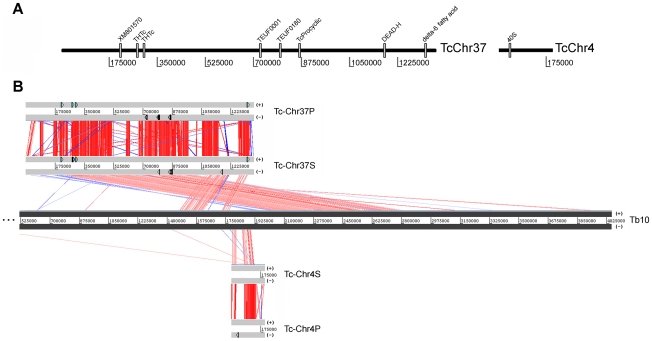Figure 4. Alignment among homologous regions of T. cruzi in silico assembled chromosomes TcChr37, TcChr4 and T. brucei chromosome Tb10.
Panel A) Schematic representation of chromosome-specific markers from the chromosomal band XX (clone CL Brener) in the assembly sequence of chromosome TcChr37 and TcChr4 (clone CL Brener). These markers were used as probes in chromoblot hybridizations. Panel B) Comparison among TcChr37 (“P” chromosome assigned to the non-Esmeraldo haplotype and “S” to the Esmeraldo haplotype) and TcChr4 (“P” and “S”) with chromosome Tb10 of T. brucei. Homologous genes are connected by colored lines. The matches and reverse matches are represented in red and in blue, respectively. The beginning of TcChr37 (1 Mb) aligned to a chromosomal segment located in the middle of Tb10 (positions 2 Mb to 2.8 Mb). The end of TcChr37 (350 kb) shows similarity with the portion included between 1.43 Mb to 1.75 Mb of Tb10. The TcChr4 made up the middle of Tb10, where there is a large chromosome inversion. Grey blocks represent each chromosome. Chromosome-specific markers are drawn in sense (+) and antisense (-) strands.

